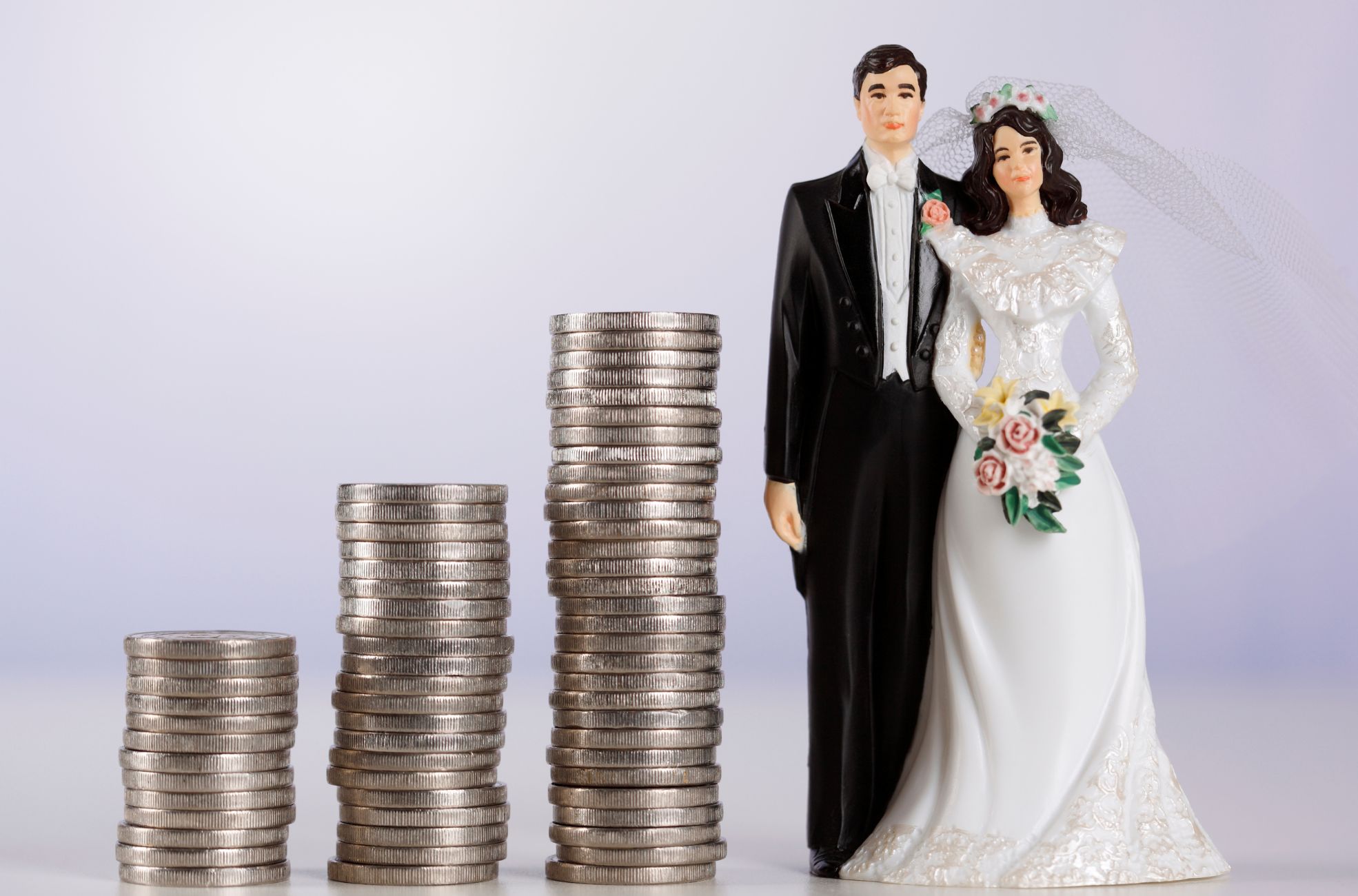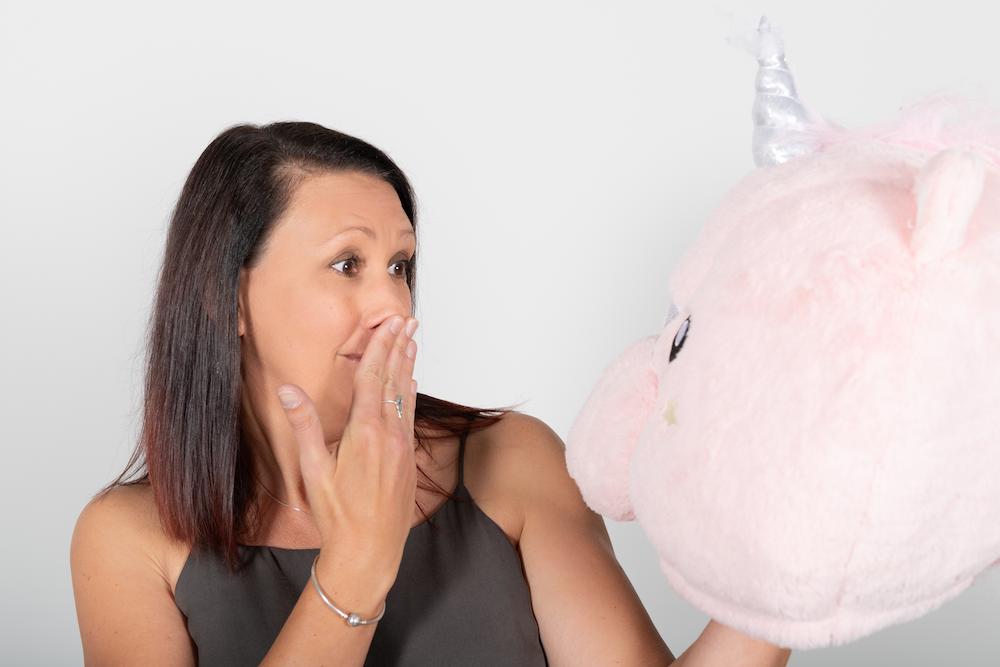Understanding how much a wedding costs is critical for couples planning to exchange vows in Australia. With expenses averaging $35,000, budgeting for your special day can be as grand or modest as your dreams and finances allow. Whether you envision a small, intimate affair or a grand celebration, the costs can vary greatly depending on factors like your chosen venue, the number of guests, and the level of luxury you desire.
This guide will navigate you through the financial landscape of Australian weddings, from the national averages that set the benchmark to the hidden expenses that might catch you off-guard. So grab your calculator, and let’s dive into the dollars and cents of saying “I do” down under.
The Average Cost of a Wedding
When you’re planning to tie the knot in Australia, you’re looking at a pretty hefty financial commitment. On average, a wedding in 2024 will set you back about $35,000. This cost can swing dramatically based on a bunch of factors, like where you’re saying “I do,” how many folks you’re inviting, and just how lavish you want your big day to be.
National Averages for Comparison
Looking at the national average, you’ll see a real mix in how much people are shelling out for their weddings. Victorians, for example, tend to go all out on destination weddings, spending an average of $37,430. Meanwhile, Tasmanians keep things more low-key, with an average cost of $26,381. This difference really shows how regional economies and cultural tastes can shape your wedding budget.
Spending Statistics by Year
It’s common for wedding costs to creep up past what couples originally planned to spend. The average wedding starting budget is around $27,550, but most folks end up going over by about 26%. This jump might come from unexpected costs, or you decided to splurge a bit more to make your day extra special.
Plus, the average cost of a wedding venue has increased by 6% from last year, now at $14,758. That’s a clear sign of the times, with the price of hosting a wedding on the rise.
Impact of Geography on Wedding Costs
Where you choose to get married in Australia affects your overall costs. Suppose you’re getting hitched in big cities like Sydney or Melbourne. In that case, you’re looking at expensive wedding features with venue prices between $10,000 to $15,000 and $8,000 to $12,000, respectively. But if you head out to places like Queensland or Tasmania, you might find something that’s easier on your wallet, with venues ranging from $5,000 to $8,000.
How you split your wedding budget also depends on where you are. Usually, about half goes to the reception venue, food, and drinks. Your outfits, including the wedding dress and the groom’s suit, tend to eat up another 10-15% of your wedding budget breakdown.
Then you’ve got photography and videography, decorations and flowers, entertainment, and stationery to think about. Each of these will take a different slice of your budget pie. With the wedding industry so many different costs to juggle, planning the financial side of your wedding is as unique as you and your partner.
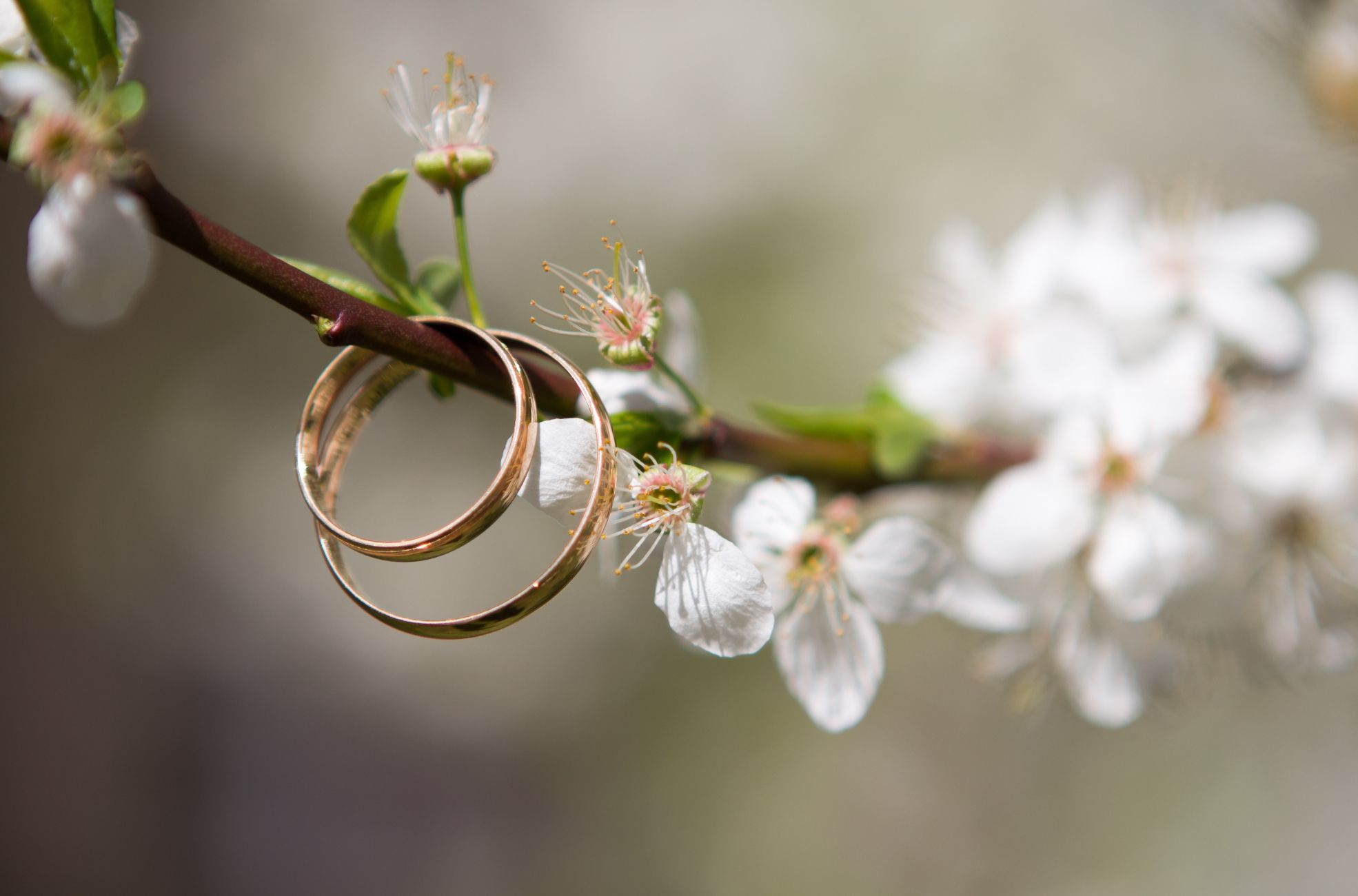
Major Expenses Breakdown
Venue and Accommodations
Securing a location for your nuptials is a significant part of the budget, with the average wedding venue cost reaching $15,230 and typically accommodating around 90 guests. This represents nearly half of the entire wedding expenditure. The average price per guest for venue hire is around $170, but this can vary greatly across different regions. New South Wales venues are slightly more expensive on average at $15,640, while venues in Victoria are at an average of $16,015.
More affordable options can be found in Queensland, with an average of $13,474. South Australia’s average wedding cost is close to the national figure of $15,209. Western Australia’s average venue cost is $14,525, and the Australian Capital Territory has seen an increase to $13,311. Tasmania also experienced a rise, with the average venue cost now at $12,842.
Catering and Food Services
Catering is another significant expense, with the average cost for these services being $9,891, marking a 2% increase from the previous year. An average guest count of 98 equates to approximately $100 per person for food. The preference for traditional sit-down meals is still prevalent, with over half of couples opting for this style.
Attire and Beauty Services
The overall cost of wedding hair and makeup services can range widely, with the average couple spending about $300 on these services per person. While some beauty professionals may offer complimentary consultations and trials, others might charge a fee ranging from $50 to $150. Airbrush makeup application tends to be pricier than traditional methods, averaging $155 versus $100 per application. Expect to pay an additional $50 for airbrushing. Tipping at bridal beauty salons is customary, with recommendations usually between 15% to 25% of the total service cost.
Entertainment and Music
The entertainment and music choices greatly influence the ambiance of the wedding and celebration. The average expenditure for wedding music was $1,693. Couples must choose between a DJ, which nearly half select, or a live band, which is the choice for 35%. The vast majority of couples, 91%, opt for a professional wedding music supplier to ensure high-quality entertainment.
Additional Wedding Costs
Flowers and Decorations
Flowers and decorations are essential for creating the desired atmosphere at your wedding. Couples typically allocate about $2,084 for floral arrangements. Prices for these can fluctuate based on location, with New South Wales being more expensive and the Australian Capital Territory being more affordable.
The proportion of your budget dedicated to flowers will generally be between 5-7%. For a $20,000 budget, this translates to $1,000-1,400; for a $40,000 budget, it could be as much as $2,000-2,800. Fresh flowers are popular, and many couples engage a professional florist for bespoke designs.
Photography and Videography
Capturing your wedding day through photography is a significant expense, with the average cost for a photographer being $3,211, reflecting an 8% increase from the previous year. Prices can differ by state, with Tasmania offering more economical options.
Allocating 10-15% of your budget to photography is advisable to cover the photographer’s package, which typically includes extensive coverage, an album, and digital copies.
Invitations and Stationery
Invitations provide couples a first glimpse into your wedding’s style and tone. The average expenditure on invitations is $625, with couples in Western Australia spending the most on average.
The investment in invitations is crucial for conveying the essence of your wedding and ensuring guests are well-informed.
Wedding Planner/Coordinator Fees
Hiring a wedding planner or coordinator can be pivotal in handling the intricacies of wedding preparation. Basic services from a planner can begin at around $700, while comprehensive planning can cost between $5,000 and $7,000.
Planners often offer their expertise for fees ranging from $2,000 to $4,000, which can be invaluable for couples seeking to streamline their wedding logistics and vendor interactions.
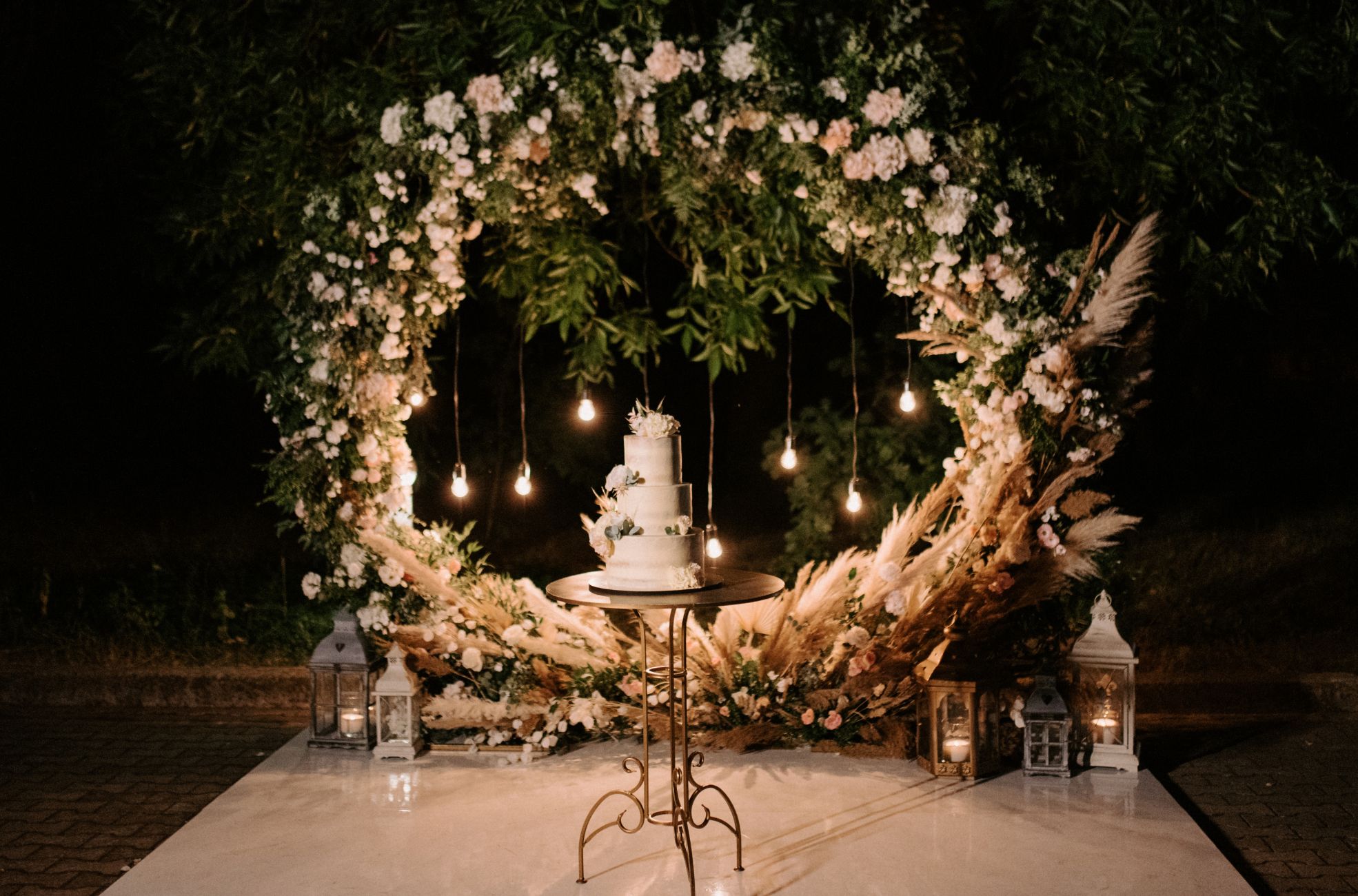
Hidden Costs to Consider
While the primary expenses are often well accounted for, several less obvious costs can arise during wedding planning.
Taxes and Service Charges
Extra fees such as service charges and taxes are frequently overlooked. Discussing these with your suppliers is crucial to ensure you’re aware of the complete costs you’ll incur.
Understanding these additional charges in advance will help you avoid unexpected financial burdens when finalizing payments.
Gratuity for Vendors
Although not obligatory, it’s customary to consider gratuity for service providers such as your photographer and caterers. These should be factored into your budget as they can add up, especially with multiple vendors contributing to your celebration.
Being aware of potential overtime charges from vendors is also important, as this can lead to additional expenses.
Last-Minute Add-Ons and Emergencies
Unforeseen circumstances like inclement weather may necessitate last-minute solutions like tent rentals. Allocating funds for such contingencies can mitigate the impact on your finances.
Alterations for bridal attire can also be substantial, with costs varying based on the complexity of the work required. Setting aside funds for these potential adjustments is advisable.
Honeymoon and Post-Wedding Expenses
The honeymoon is a significant post-wedding expense, with couples spending an average of $5,000 to $10,000 for a two-week retreat. This equates to an average daily cost of approximately $507. Including these expenses in your overall financial plan is essential to save up, particularly for popular destinations like beach resorts.
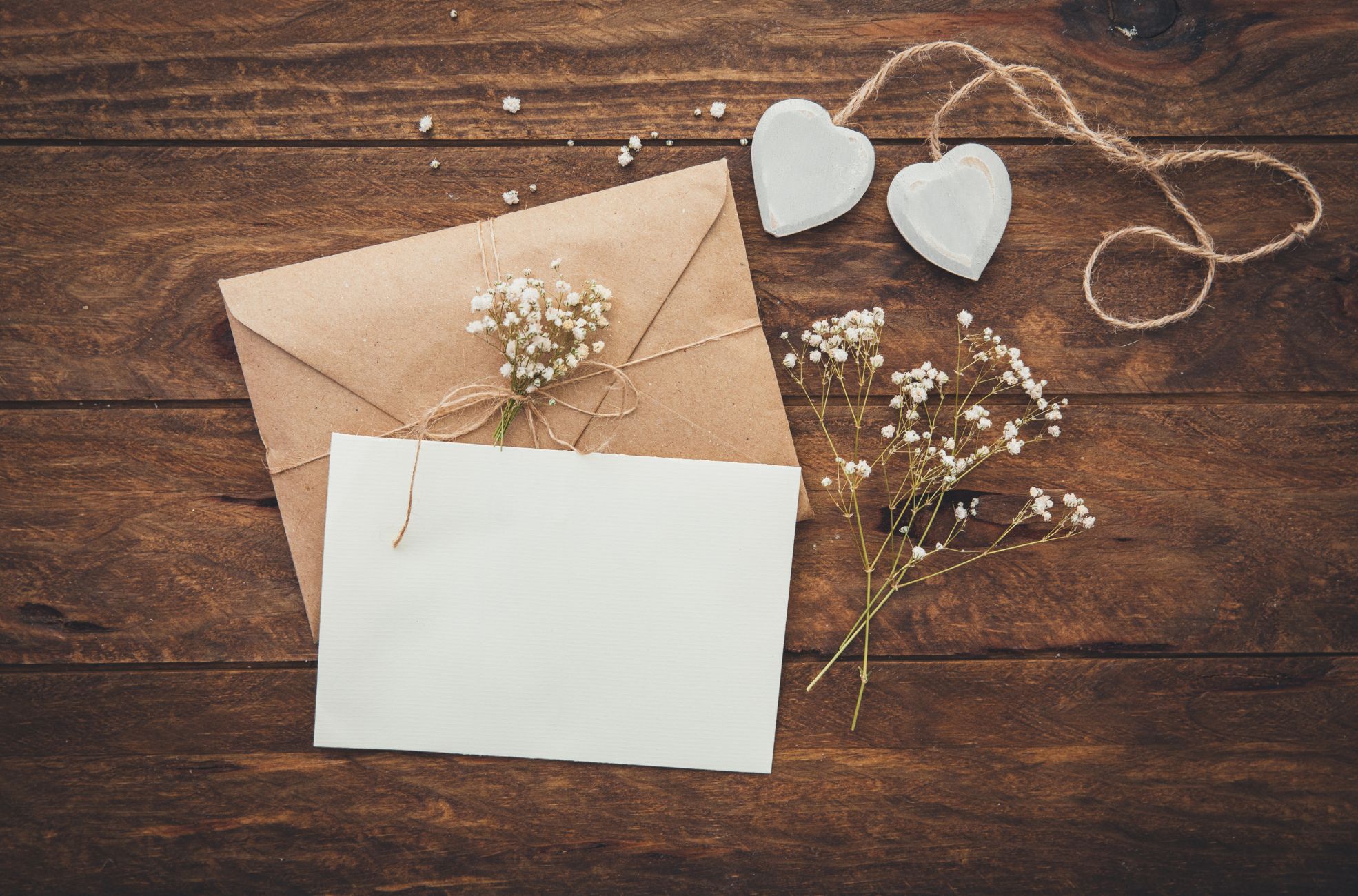
Saving on Your Wedding
Setting a Budget and Priorities
Establishing a financial plan from the outset is crucial for saving money and staying aware of unforeseen expenditures. Determining what aspects of the celebration are most crucial to you and your partner is essential, which will guide how you allocate your resources. By identifying priorities, whether it’s the location of the ceremony or the quality of the photographs, you can make informed decisions on where to invest more heavily and where to cut back.
DIY and Cost-Cutting Strategies
Embracing DIY projects can yield considerable savings. Crafting your own ceremony details and vows not only personalizes your day but also reduces expenses. Exploring non-traditional venues, such as those available through local councils, can offer more economical alternatives to conventional options.
Seeking out attire through online deals or pre-owned marketplaces can reveal elegant yet affordable garments. Additionally, renting attire for the groom and groomsmen is a practical way to minimize outlays. Opting for a registry wedding is another cost-effective option, with fees varying based on the guest list and on the location.
Off-Peak Season and Day Discounts
Selecting a less popular time of year for your wedding can result in substantial discounts. During these periods, vendors may be more willing to negotiate on price, and you’ll likely find that more guests are able to attend. Winter nuptials provide unique aesthetic possibilities and can be significantly less costly. Accommodation rates for guests and reduced honeymoon costs are additional benefits of marrying during the off-peak season.
Choosing Affordable Alternatives
Investigating less than most expensive wedding alternatives can greatly reduce wedding costs without compromising the quality of the event. Simplifying floral arrangements and decor can make a big difference in your budget. Finding a wedding dress from alternative retailers or considering rental options can alleviate financial strain.
Using a vehicle from a friend or relative instead of hiring one can be a savvy move for transportation. When it comes to wedding cakes, opting for a less elaborate design or a different type of dessert can also help save money and keep costs in check. By being flexible and creative with your choices, you can create a memorable celebration that’s also financially manageable.
Whether it’s a fairy-tale ceremony or a more modest affair, weddings in Australia can come with quite a price tag. Knowing the average costs and where money tends to go helps you make informed decisions in your wedding planning journey. From the swanky venues of the city to the more charming and cost-effective spaces in the countryside, there’s flexibility to suit all visions and wallets.
Remember, a wedding is just the start of a grand adventure. With wise budgeting and a sprinkle of creativity, you can walk down the aisle without the heavy chains of debt. After all, it’s not about how much you spend but how well you spend it, making your special day uniquely yours. Keep your eyes on the prize—a lifetime of love and happiness awaits beyond the confetti and cake.

